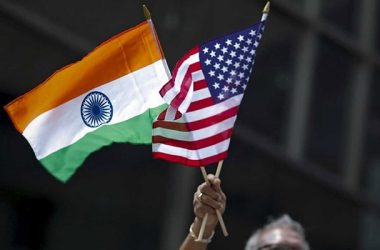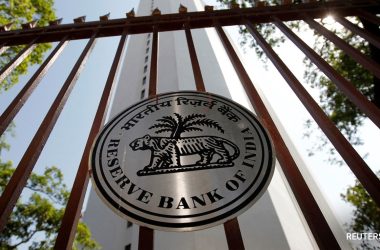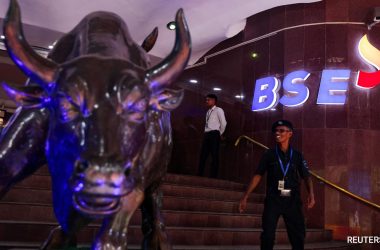India will only monitor the inbound shipments of laptops and computers. (Representational)
New Delhi:
India will not impose the licensing requirement on imports of laptops and computers but will only monitor their inbound shipments, a top government official said.
The remarks assume significance as the government in August announced that these products, including laptops, tablets and computers, would be put under licensing regime from November 1.
“On laptops, we are of the view that there are no restrictions as such. We are only saying that somebody who is importing these laptops, have to be under close watch, so that we can look at these imports.
“It is basically monitoring, which we are doing. It has nothing to do with restrictions as such,” Commerce Secretary Sunil Barthwal told reporters here.
Explaining further, Director General of Foreign Trade (DGFT) Santosh Kumar Sarangi said there will be an import management system, which will come into place from November 1.
The work is in progress and hopefully it will be in place before October 30, he said.
The government in August imposed import restrictions on laptops, computers (including tablet computers), micro computers, large or mainframe computers, and certain data processing machines with a view to boost domestic manufacturing and cut imports from countries like China.
While the IT hardware product industry comes under MeitY, the DGFT notifies decisions with regard to import/export of a product.
Following this notification, IT hardware industry had flagged concerns.
India already has an import monitoring system for certain products like steel, coal and paper.
The licensing conditions on imports were put on the grounds of security and to spur domestic manufacturing of these products.
According to a report by think-tank Global Trade Research Initiative (GTRI), India is critically dependent on China for day-to-day use and industrial products like mobile phones, laptops, components, solar cell modules, and integrated circuits.
The government has taken several steps to boost domestic manufacturing of electronic items such as rolling out of the production-linked incentive scheme and increasing customs duties on the number of electronic components.
India imports about USD 7-8 billion worth of these goods every year.
The country has imported personal computers, including laptops, worth USD 5.33 billion in 2022-23 as against USD 7.37 billion in 2021-22.
Imports of certain data processing machines stood at USD 553 million in the last fiscal as against USD 583.8 million in 2021-22.
Similarly, imports of micro computers/processors stood at USD 1.2 million in the last fiscal against USD 2.08 million in 2021-22.
In May, the government approved the Production-Linked Incentive Scheme 2.0 for IT Hardware with a budgetary outlay of Rs 17,000 crore.
The government, in February 2021, approved the scheme for IT hardware, covering the production of laptops, tablets, All-in-One PCs and servers with an outlay of Rs 7,350 crore.
(Except for the headline, this story has not been edited by NDTV staff and is published from a syndicated feed.)
Waiting for response to load…








